
Uncertainty is the only thing the food & drink industry can be certain of following last week’s vote for the UK to leave the EU. But as the dust settles, what longer-term effects could Brexit have on the food & drink Brits consume?
The 2008 downturn had a profound impact on consumer spending: the number of Brits packing their own lunches soared following the crash, and for the already beleaguered pub and restaurant trade the recession felt like the final nail in the coffin.
But things are different this time. “We need to step back a bit and think,” says Mike Watkins, head of retailer & business insight at Nielsen. “If we look back at the last time there was major upheaval in business in 2008/9 that happened very quickly. This time around we have one or two years to plan.”
So there’s certainly no reason to start panic buying brie and burgundy just yet. But others suggest it will be precisely such luxury food & drink items that will be hardest hit by any change in consumer behaviour resulting from the Brexit vote.
“Overall we’re not expecting a cataclysmic impact on consumer spending,” says Sarah Boumphrey, global lead for economies & consumers at Euromonitor. “Those categories that will be most affected will be the discretionary items. Staples aren’t driven by changes in income to the same extent.”
In light of this, Euromonitor expects a number of sectors to feel the brunt of any post-Brexit changes, particularly confectionery, ready meals, snacks, fresh produce and soft drinks.
Confectioners in particular face tough times, it predicts, given they’re already suffering from a backlash against sugar.
Soft drinks is another sector already hit by the war on sugar that is likely to come under further pressure in the wake of Brexit. The sector can expect to see a 1.4% point fall in expected growth from 2015 to 2020, says Boumphrey. “This corresponds with ‘lost’ sales of 475 million litres over this period.”
Meanwhile, a weakened pound will lead to food imports becoming more expensive, leaving fresh produce especially vulnerable given the UK’s low self-sufficiency levels, she adds. “With such dependence on foreign agriculture, at its current state, the UK is unprepared to feed its own people.”
Higher prices
Similiar concerns mean some commentators expect a rise in retail prices too. “The pound’s sharp drop, with fears that it will weaken further, will increase costs to retailers of importing goods,” says Maureen Hinton, global research director at Verdict Retail.
“While retailers may have currency hedges and contract terms already in place with suppliers which will delay the impact on shop prices, they will not be able to hold prices for long. Following the exit from the single market, there could be costly tariffs in place should the UK government fail to negotiate beneficial trade agreements, which will put further upward pressure on prices.”
Any negative impact on consumer confidence could also fuel the growth of the discounters and prompt a resurgence in own label, says Tim Eales, strategic insight director at IRI, which reported in April that own label had lost £630m (3.1%) of its value as a result of the price war.
“This could trigger a swing back to private label as consumer confidence is hit,” he says. “I’d argue that we will look back at this in 10 years and say this is the point where we started to see greater reliance on products from the Commonwealth and less on products from Europe.”
Which, if any, of these predictions turn out to be correct is, of course, far too early to tell. As many commentators have stressed, significant immediate change to consumer habits is highly unlikely. Whether that’s the case once the dust has fully settled, however, will be quite another matter.
In crisis or opportunity you can always trust The Grocer. Access wherever, whenever. Subscribe now!





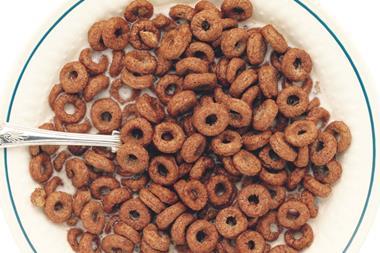

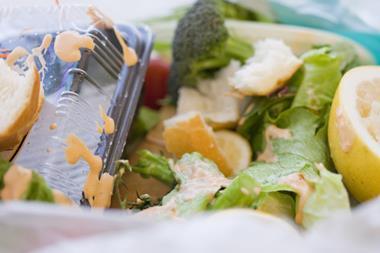
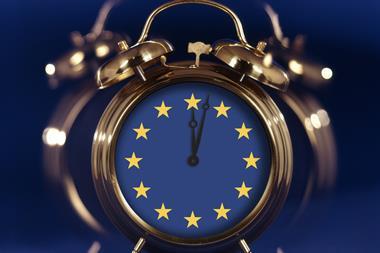


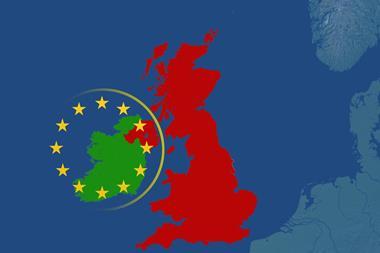
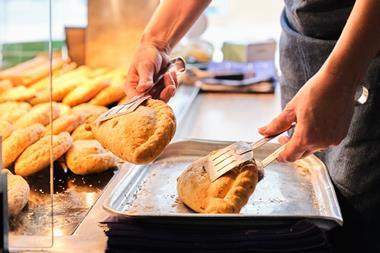

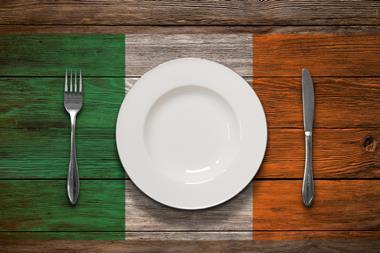
No comments yet